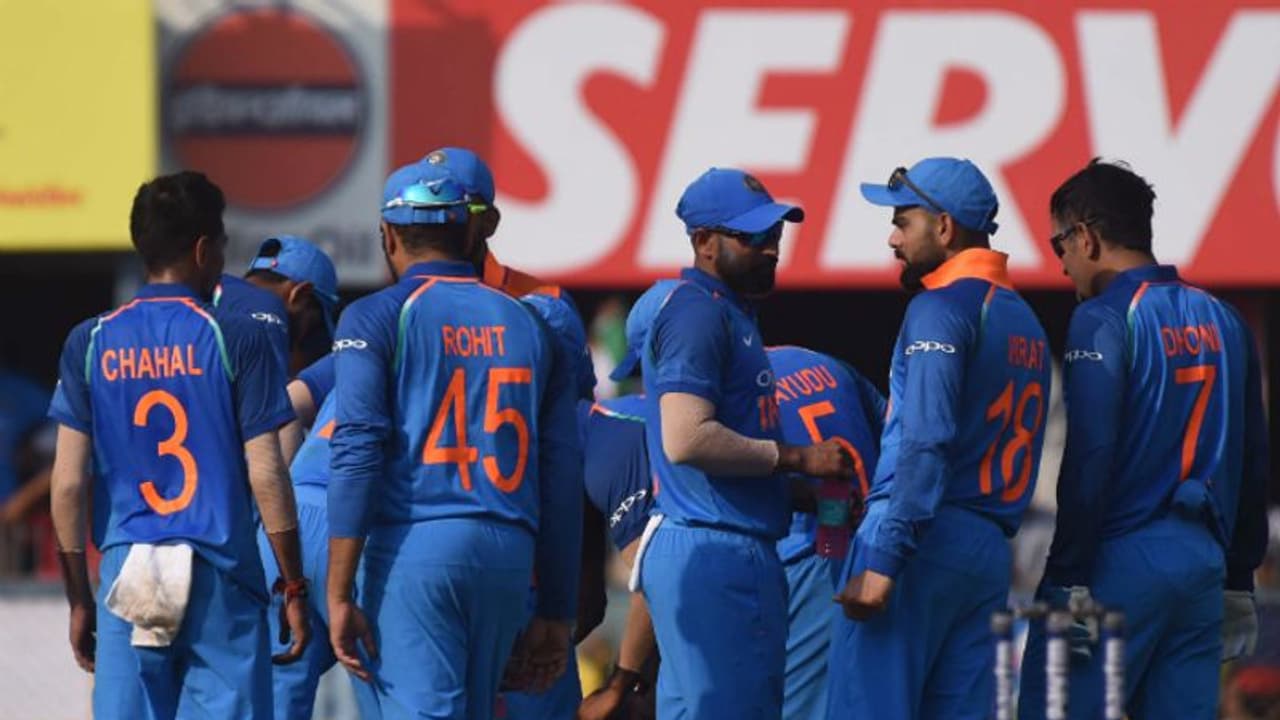India have a lot of players who can win the match single-handedly on their day and it is one of the key reasons why they have an upper hand heading into the ODI series decider at the Melbourne Cricket Ground (MCG) on Friday
After an action-packed second ODI in Adelaide, India and Australia are geared up for the series decider at the iconic Melbourne Cricket Ground (MCG) on Friday.
The three-match series is set up beautifully as the two teams will lock horns for one last time on this long tour.
The series is currently squared as the Aussies managed to win the first one-day International and the Indian team bounced back in the second.
Also read: Kohli & Co eye another slice of history
Heading into the final game, the 'clouds' over the MCG are expected to clear and the Indian tricolour set to flutter again on top.
The entire scene, in many ways, can be synonymous to immense pride for the Indians if the eleven players on the field manage to win the nation’s first-ever bilateral ODI series win on Australian soil.
Also read: Pandya crucial to team balance, says Shikhar
Ahead of the decider, MyNation brings to you the five major reasons which firmly tilt the scales in favour of India.
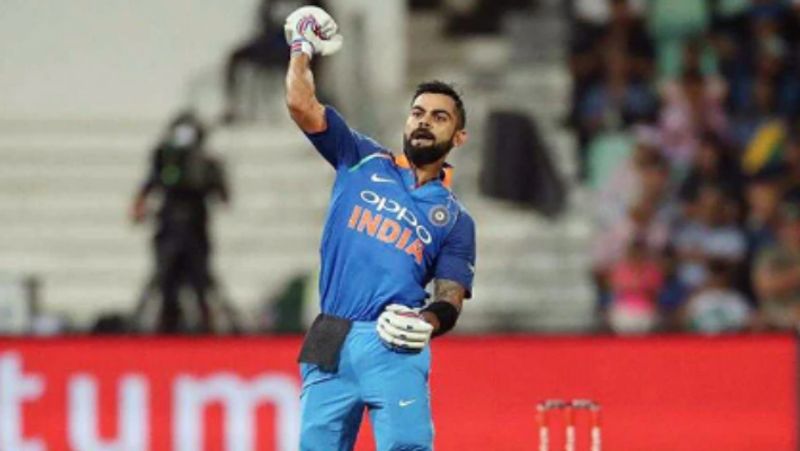
1. Presence of multiple match-winners in Indian team
India have a lot of players who can win the match single-handedly on their day and it is one of the key reasons why they have an upper hand heading into the decider. Captain Virat Kohli, Rohit Sharma, MS Dhoni, as show in the past, can swing the match in favour of ‘Men in Blue’.
The trio is in exceptional form and will be the key to India's success with the bat in the final ODI. Further, the lower middle-order is also looking pretty solid with Dinesh Karthik utilising his experience in the last game to help India cross the finish line.
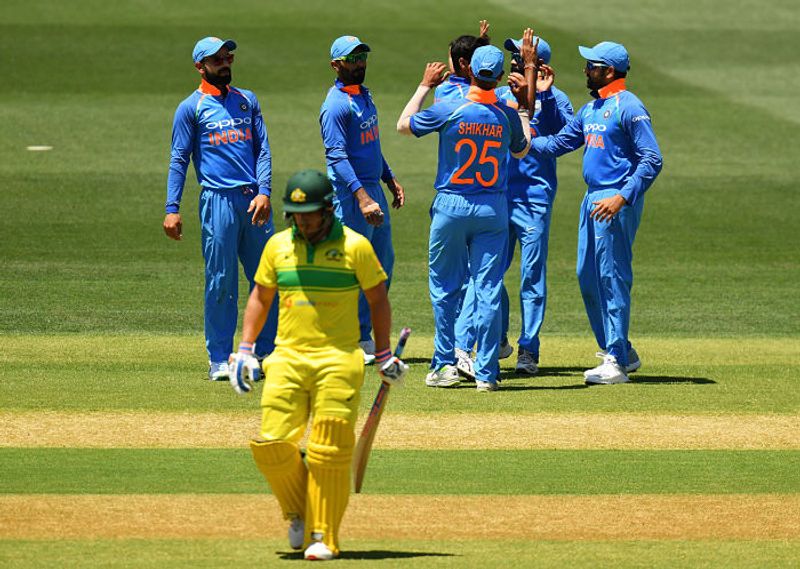
2. Failure of Australian openers
It wouldn't be wrong to say that Australia's openers have failed to create an impact in the ongoing ODI rubber. Skipper Aaron Finch and Alex Carey have consistently failed to give hosts a solid start in the first two games and such has been the extent of the failure at the top of the order that the hosts have had to rely on Shaun Marsh's partnerships with Peter Handscomb and Glenn Maxwell, who bats at No 7, to score runs.
This means if India are able to send the openers back to the pavilion early in the innings at MCG, the pressure will once again be on the middle-order, be it batting first or chasing.
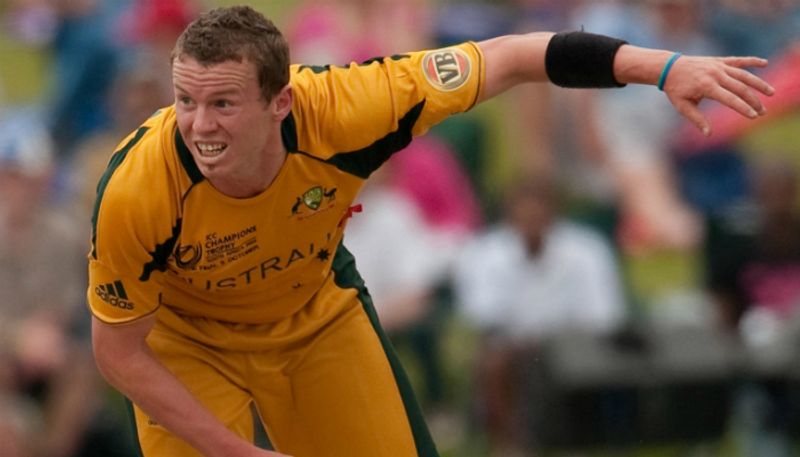
3. Australia's third pacer woes
Apart from Jhye Richardson, and to a lesser extent Jason Behrendorff, the rest of the Australian bowling attack has failed to make a huge impression. It is rather ironic that Peter Siddle, who has been struggling to pitch the ball in right areas, got to play two matches and retained his place for the MCG contest.
The woes for the third pacer will still continue for the Australians, as the team management has shown faith in experience over form, which isn't expected to trouble India's power-packed batting line-up.
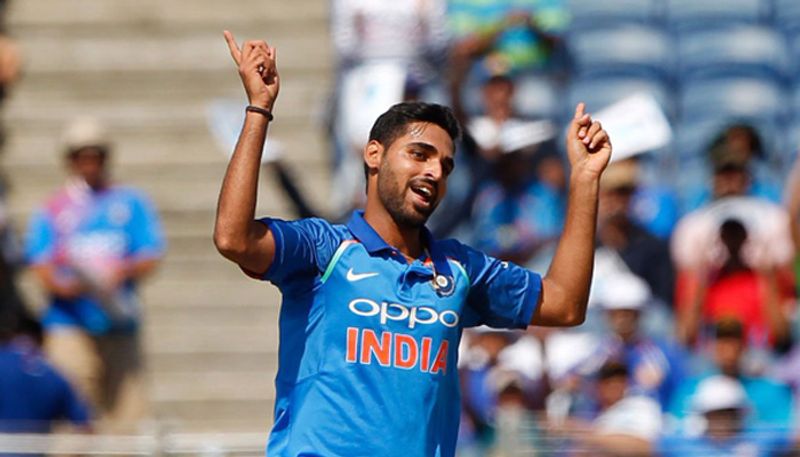
4. India's in-form bowling attack
Even in the absence of Jasprit Bumrah, India's bowling attack has proved that it is capable of delivering in all conditions and is looking competitive to rattle opposition batsmen. The two quicks, Bhuvneshwar Kumar and Mohammad Shami bowled exceptionally well in the last encounter which eventually resulted in India's victory.
The duo managed to pick seven wickets between them. It is expected that the left-arm paceman Khaleel Ahmed will replace Mohammed Siraj for the last game.

5. Fear of losing three bilateral series in a row
Australia are currently going through a rebuilding phase and haven’t had the best of time after Steve Smith and David Warner were sidelined due to the ball-tampering scandal back in South Africa last year. Ever since the incident, the ‘Men in Yellow’ haven’t looked the same.
They have already lost bilateral ODI series against England (4-1) and South Africa (2-1). If they lose to India, it will be for the first time in the history of Australian cricket that they would have lost three home series on the trot. This statistical number can well act in India's favour to win the series and wrap Australian tour on a double high after their historic Test rubber triumph in 71 years Down Under.
